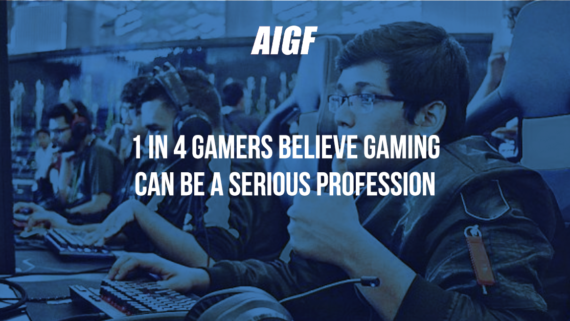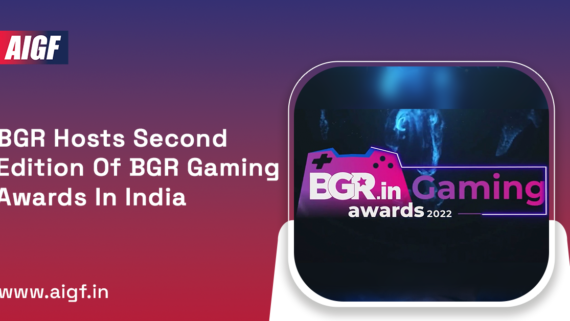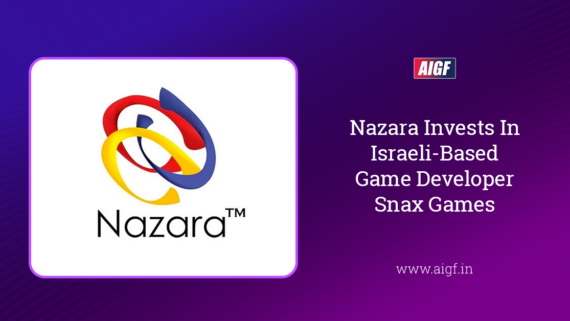The gaming industry in India is growing at a rapid pace as a result of increased acceptance of cutting-edge gaming technologies, improved customer acceptance, and a significant increase in interest in mobile gaming. With the rising popularity and demand, the gaming industry in India is probably going to turn into a worldwide hub for gaming soon.
India Is Poised To Become World’s Largest Gaming Hub
With around 420 million dynamic online gamers and a 500-million-strong digitally native populace aged 15–35, India is set to universally become quite possibly the fastest developing business sector. At the new India Gaming Conclave (IGO 2022), eminent industry leaders and stakeholders got together to discuss the future roadmap of the gaming industry in India. The theme of the conclave was Getting ready for the new normal—the gaming industry in 2022—what next?
One of the issues confronting the following period of development of the gaming industry in India will be driven by the acceleration of the acknowledgment of 5G, cloud gaming, gamification, and mobile gaming gadgets, among others, which were illustrated on the sidelines of the gathering. It framed the industry’s vision for 2022 and beyond, with an eye on worldwide and homegrown trends, as well as India’s capability to upset the worldwide industry soon.
The gaming industry in India is today defined by both casual and heavy gamers and is quite possibly one of the quickest developing industries. As indicated by KPMG, India is home to 430–460 million gamers today, which showcases the developing prevalence and following among adolescents. A strong processor is the ‘soul’ of a smartphone, which keeps on being a significant decision-making component for a user.
Yet, two parts of a revealed proposition by the group of ministers (GoM) are expected to be of importance regarding the new GST rate. The first is the increment of the rate from 18% to 28%, while the second is the adjustment of the valuation technique on which the rate will be applied. Today, the gaming industry in India is paying 18% of the gross gaming revenue (GGR) as a platform fee, which is the fee charged for the services provided. In any case, reports in the media recommend that 28% of the overall entry amount in a contest might be charged as a fee, which likewise incorporates the prize money for the players. “If reports are accurate, then this will in all likelihood make most companies unviable and even the market leaders will suffer the devastating impact,” observes Roland Landers, CEO, All India Gaming Federation (AIGF).
Furthermore, gamers might find the expense of playing each game unbearable, which might coax them to go to offshore pay-to-earn sites rather than genuine games on skill platforms. The expense might increase to multiples of the ongoing levels. Such heightening will prompt a critical drop in the number of games a player can take part in for a restricted amount of money. Further, the investors who were bullish till now may try and write off their investments, while most of them may not show interest in the developing sector any longer.
AIGF is thankful to the government for following an open and consultative approach. They have given multiple opportunities to AIGF and the industry to present their points. And they are having a deliberative dialogue. AIGF is hoping for a rational and progressive resolution from the GoM. “We can hope that when GoM and the government look at constitutional and economic reality with a nuanced lens, they will be convinced to retain the method of valuation to GGR or platform fee. The ideal tax rate is 18%, but the rate is ultimately decided by the GoM and the GST Council.
Be that as it may, the greater issue is whether the duty is applied to GGR or the whole contest amount. On the off chance that 28% is applied to the platform fee or GGR, which is the ongoing valuation strategy, then, at that point, the expansion in taxation rate will be 55%. This is huge, yet it could, in any case, allow a few players to maintain their business with suitability. Notwithstanding, if 28% is applied to the entire contest amount as the new valuation strategy, then the increment could be around 1,100%. It is uncommon and will doubtlessly kill the industry.
The gaming industry in India is growing at a rapid pace as a result of increased acceptance of cutting-edge gaming technologies, improved customer acceptance, and a significant increase in interest in mobile gaming. With the rising popularity and demand, the gaming industry in India is probably going to turn into a worldwide hub for gaming soon.
In addition, the online gaming industry in India has been booming dramatically, mainly determined by the reception of online gaming, particularly mobile gaming; an expansion in proficient gaming occasions and e-sports; and a better framework, network, and accessibility of technologically advanced gadgets. The most recent Sequoia India and BCG reports say that the gaming industry in India is producing $1.5 billion in revenue and is supposed to significantly increase to over $5 billion by 2025, on the back of the ‘mobile first’ phenomenon.
Credit: Business India











Comments
Comments are closed.